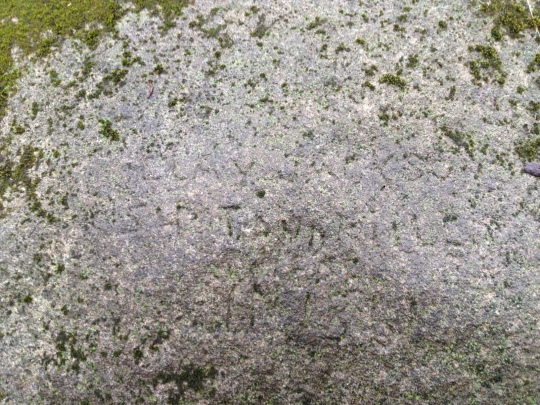Tsunami Warning
Recently, I watched a compilation of home-videos taken during the massive tsunami of 2004 which claimed the lives of 250,000 people in Indonesia, Thailand, and Sri Lanka.
The tsunami resulted from an underwater earthquake, displacing a huge volume of water that rushed onto land, ripping into the ocean everything in its path.
If you’ve been to the shore and watched the action of the waves, you know that a wave rolls onto the beach, and then slides back into the sea. That sliding backward, the recession, feeds the next wave. The bigger the recession, the bigger the next wave.
In the videos shot at the various beaches around the epicenter of the earthquake, every one of them captures the consternation of onlookers as the waters of beach and bay suddenly slide far back into the sea, as if sucked in by a mammoth marine vacuum, stranding boats on rock and sand in a dramatic and unplanned ‘low-tide.’ Locals in the background chatter about how they’ve never seen this before. People run to frolic where moments before, waves had been.
A lot of water suddenly sliding backward into the sea.
Feeding a deadly force.
Inexorably, the water returned, roaring back with unstoppable strength, destroying everything in its path, beginning with those caught on the newly-exposed mud flats.
The ferocity, strength, and incomprehensibility of what fell on the coast that day made after-the-fact resistance impossible. Those who survived could only cling to life and watch others die.
Island nations have experienced tsunamis time-out-of-mind. Why then, in each of the videos did no one know what a suddenly empty bay means? Did parents and grandparents fail to transmit this information to their children? Was there no one who took seriously the ancient skill of reading the signs of the sea?
In 2011, an earthquake off the coast of Japan triggered another tsunami. A story emerged from the wreckage about the tradition of the ‘Tsunami Stones.’ Previous generations placed stone markers at the high-water mark of tsunamis they witnessed. Wisdom insisted no village, home, or business ever be built at a lower elevation than these stones.
Wisdom was forgotten.
Why? For economic reasons? Was it bad for tourism? Did they simply forget the nature of their fickle neighbor, the mighty Pacific?
Christians in the United States are experiencing a similar phenomenon. Water is rushing back from the beach as our consciences are exploited and our religious freedom eroded. Something is just over the horizon, fed by this massive slide backward, and it will rush in on us with a fury that will leave death and destruction in its wake.
Unlike the beaches of Indonesia, however, there are voices on the American seawall, reading the signs of the times, yelling for the happy-go-lucky to run for higher ground. Cardinal Timothy Dolan of New York, Joel Rosenberg, John Eldredge, to name a few, prophets not so much in their skill at foretelling the future, but in their ability to read the signs of the times.
Already, the water is licking at our heels as wanton crimes against human life pour in upon us without pause. Soon, it will be a flood in whose merciless grip we will be swept away.
How will we respond, knowing as we do, that our actions in this crucial moment-before-the-wave may mean the difference between death and life?
Run for higher moral ground.
Reinforce your spiritual house.
Pray and fast for our nation, our communities, our families and friends.
Hold fast to the Rock of Our Salvation.
Read the signs of the times.
Heed Wisdom.








